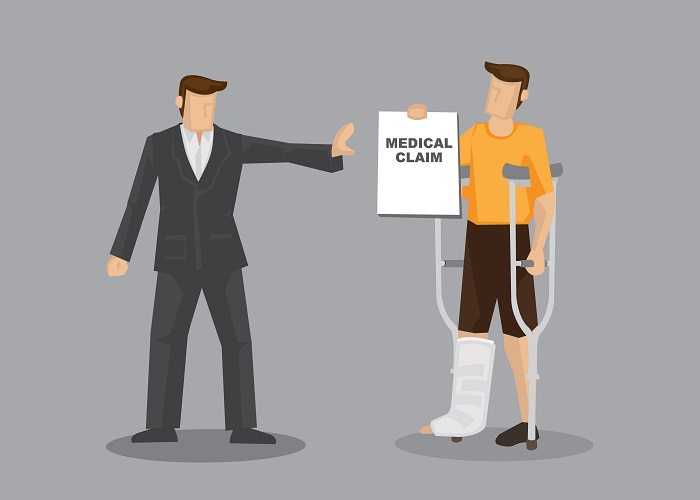Adjustment for Disability Payments in 2018

The Social Security Administration updates its Social Security programs every year. These updates can range from eligibility criteria to disability payments. In this article, we will discuss the changes to disability payments in 2018.
Cost of Living Adjustment for Disability Payments in 2018
The SSA is going to increase the Cost of Living Adjustment (COLA) for 2018 by 2%. This is the first time since 2012 that the COLA has seen such a big jump.
The Cost of Living Adjustment is the increase in your income that is needed to keep up with the cost of living. COLA is usually applied to wages, salaries as well as benefits such as Social Security, SSI and SSDI. The adjustment allows people – especially those living on a fixed income – maintain a certain standard of living despite rising inflation.
For the Social Security benefits payments, the COLA is tied to the increase in the Consumer Price Index.
The 2% increase in COLA will be applicable for all Social Security benefits from January 2018. For those receiving Supplemental Security Income (SSI), the increase was effective from December 29, 2017.
The new amounts after the increase in COLA for disability payments in 2018 are:
- SSI payments will increase to $759 from $735 for individuals
- SSI payments will increase to $1,125from $1,103 for couples
- Average Social Security Disability payments in 2018 will increase to $1,197 from $1,173
Substantial Gainful Activity Limits for SSI and SSDI in 2018
According to the SSA, a person carries out a Substantial Gainful Activity (SGA) if he earns greater than a particular amount per month. SGA is one of the criteria for eligibility when applying for Social Security Disability benefits. Disability benefits are only paid out to those who are unable to conduct SGAs as a direct result of their disabilities.
This year, the SSA increased the SGA limit for applicants.
- The SGA limit for the legally blind has gone up from $1,950 in 2017 to $1,970 per month.
- The SGA limit for non-blind disabled individuals has gone up from $1,170 in 2017 to $1,180 per month

Trial Work Period for SSDI in 2018
The SSA encourages disabled people to get back to work as soon as possible. It is good for the person’s self-esteem and morale and it also reduces the burden on the government.
Therefore, the SSA offers disabled beneficiaries the facility of a trial work period, where they can test their ability to take care of themselves. During this period, the beneficiary will still receive disability benefits.
The SSA will count a total of 9 months of service in a 60-month period as a sign that the person is no longer so disabled that he or she cannot conduct SGA. A month is considered a “month of service” if the person earned a minimum wage set by the SSA. In 2017, a person needed to earn $840 in a month for it to qualify as a “month of service”.
This target has now been increased to $850 in 2018.
Student Exclusion Limits for SSI in 2018
The Social Security Administration has a facility called Student Earned Income Exclusion for blind or disabled students receiving SSI, who regularly attend school, college, university or a vocational or technical training course and are also working. This exclusion is available for students on SSI who are 21 years old or younger (if a child is regularly attending an educational institute, then the SSI benefits extend till the age of 21).
This exclusion allows students to keep a larger part of their SSI benefits even if they are earning while they study. In 2017, students could earn up to $1,790 in a month and up to $7,200 per year without their SSI benefits getting impacted.
This limit was increased by 2% to $1,820 per month and up to $7,350 per year for students receiving disability payments in 2018.
The resource limit on SSI did not change in 2018. The amount still remains at $2000 for an individual and $3000 for a couple.
The SSA has increased the overall disability payments in 2018 to help its beneficiaries deal with the rising cost of living in the US.











